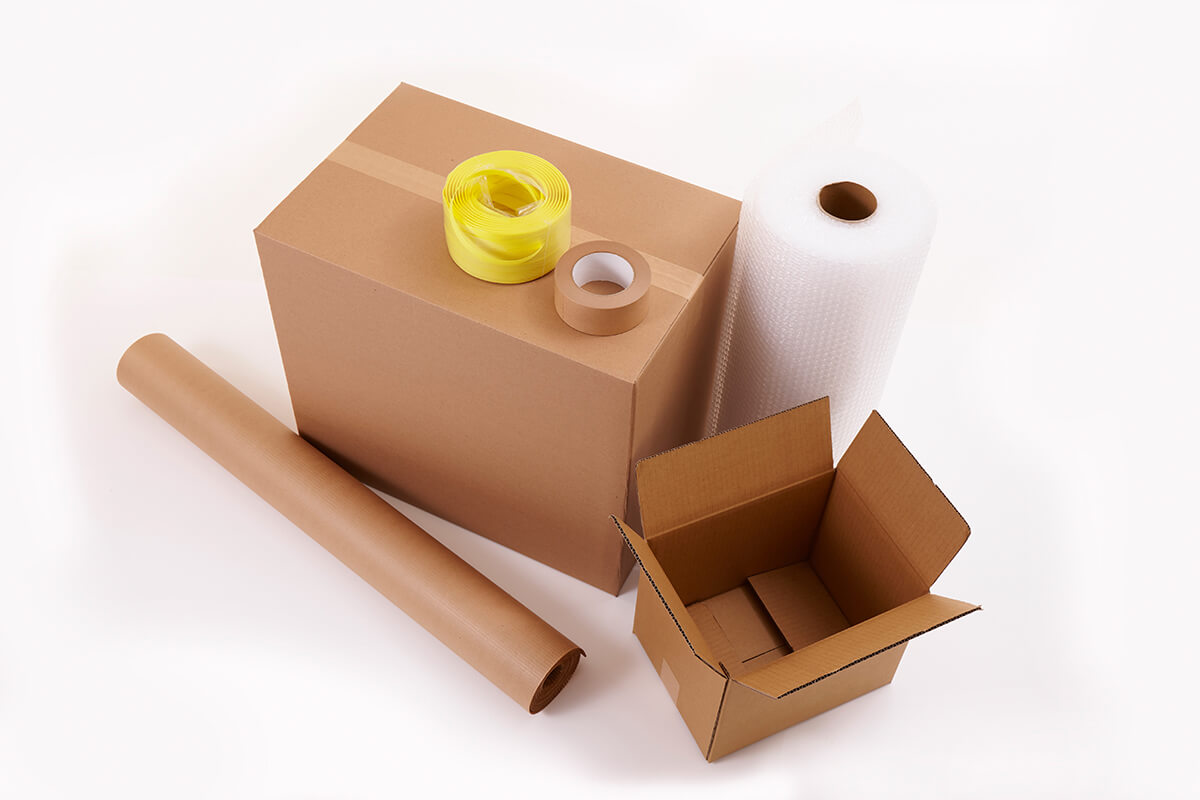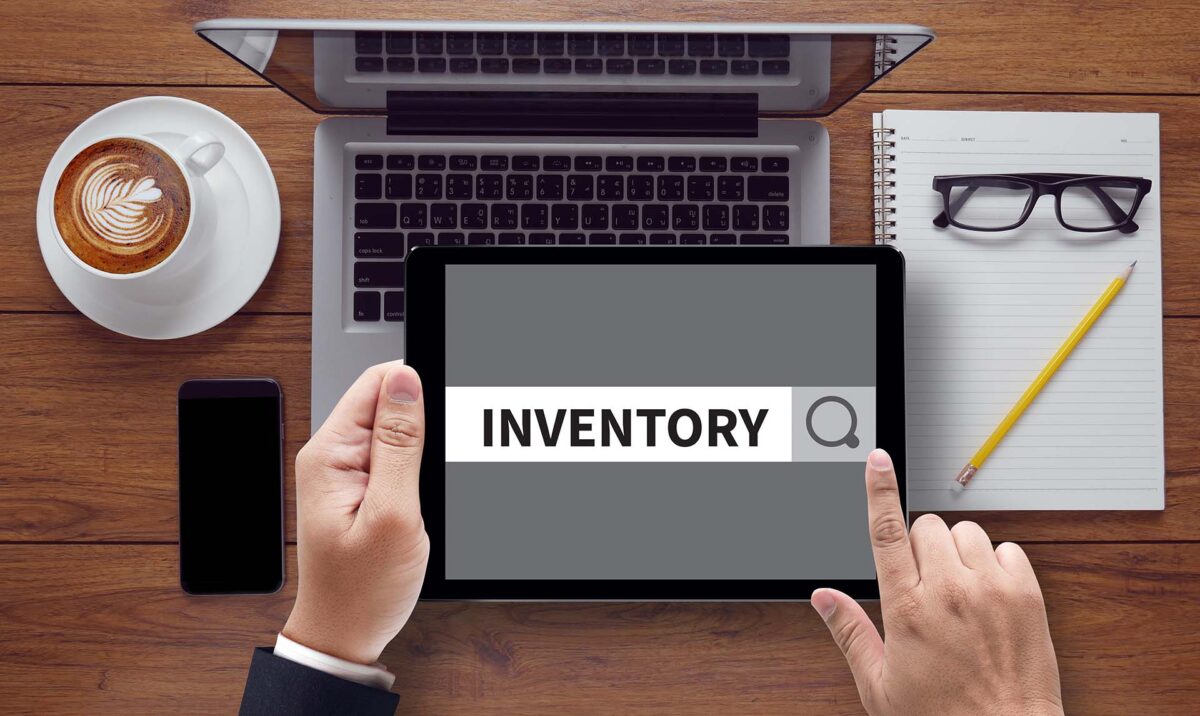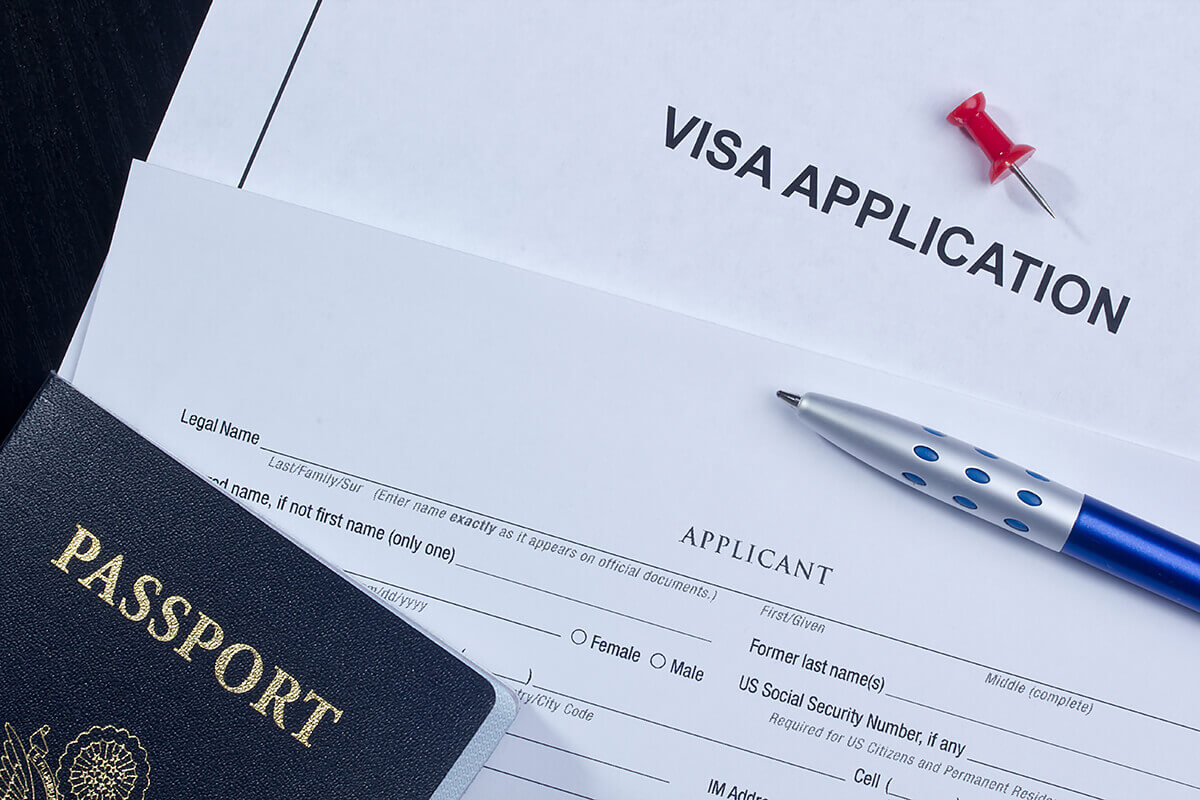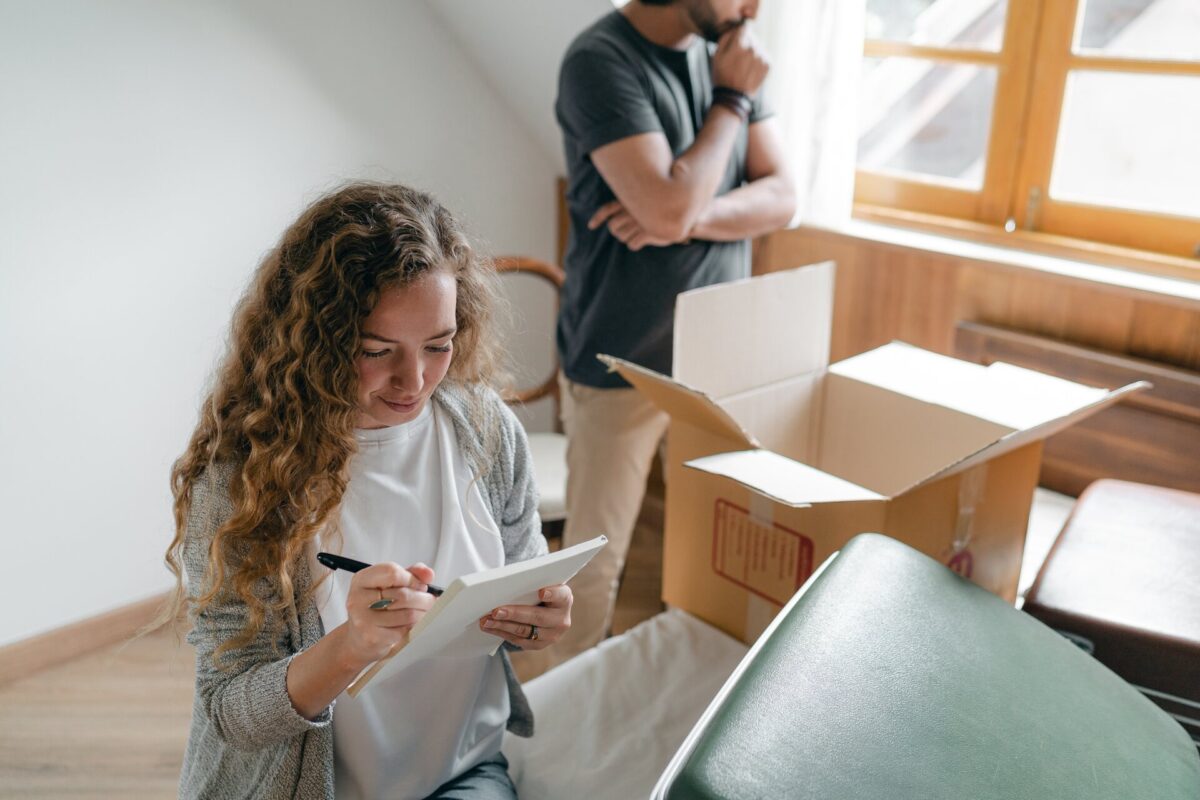Moving internationally can be an exciting yet daunting process. Whether you’re relocating for a job opportunity, pursuing an adventure, or starting a new chapter in your life, the key to a successful relocation is figuring out the best way to pack for a move. It’s not just about putting belongings into boxes – it requires careful planning and a strategic approach to ensure a smooth transition to a new home. So, check out our eight tips for a smooth packing process.


Preparing for an international relocation involves careful planning and execution. Start by creating a detailed plan, decluttering belongings, choosing the right packaging materials, and maintaining a comprehensive inventory. Pack valuable and essential items separately, learnt international moving regulations, and think about hiring professional packing services and experienced international movers for a smoother transition.
Tip 1 – Start With a Detailed Plan
Embarking on the process of moving abroad necessitates a comprehensive packing plan that forms the backbone of the entire relocation. Having a clear strategy in place is paramount to ensure a smooth transition to a new home. Begin by outlining the importance of such a plan, emphasizing its role in minimizing moving stress and maximizing organization throughout the relocation.
A crucial aspect of this plan is the creation of a timeline for tasks, which not only helps you stay on track but also alleviates the last-minute rush. Prioritizing items based on their necessity and fragility is another invaluable facet of every plan, ensuring that essential and fragile belongings receive the utmost attention and protection. By adhering to this tip, you’ll set the stage for a well-organized and hassle-free move abroad.
Tip 2 – Declutter Before Packing
Before embarking on moving overseas, it’s essential to declutter belongings, and this step offers a myriad of relocation benefits. Decluttering not only simplifies the moving process but also has a positive impact on your new life abroad. Firstly, it reduces the volume of items you need to pack and transport, potentially saving you on shipping costs.
Secondly, a clutter-free environment can promote a sense of tranquility and adaptability, allowing you to settle in more comfortably. Finally, it’s a chance for a fresh start, enabling you to leave behind items that no longer serve you and embrace the opportunities of a new chapter in life.
How to Decide What to Keep, Sell, Donate, or Discard
In the process of decluttering before the international relocation, determining what to keep, sell, donate, or get rid of is a pivotal step. Start by evaluating each item based on its practical utility and sentimental value. Items that still serve a purpose or hold sentimental significance should be retained.
For those items you no longer need or use, consider their resale value if selling is an option, or choose to donate them to charitable organizations such as Goodwill. Finally, responsibly discard items that have no further use or value. Employing a systematic room-by-room approach streamlines this decision-making process, allowing you to methodically sort through your possessions and ensure that only the essential and meaningful belongings accompany you on the international adventure.


Tip 3 – Choose the Right Packaging Materials
Selecting the appropriate packing and moving essentials is a critical aspect of ensuring the safety and integrity of all belongings during a long-distance international relocation. To navigate this process successfully, it’s essential to know how to choose quality packaging materials suitable for your specific needs. The Internet is filled with valuable recommendations for various types of packaging supplies, such as sturdy moving boxes, bubble wrap, packaging paper, and more, tailored to the requirements of long-distance moves.
Packaging delicate and electronic items also requires specific materials if it’s to safeguard your valuable possessions throughout the journey abroad. By mastering the art of selecting the right packaging materials, you’ll significantly enhance the chances of a successful and worry-free relocation and the secure transportation of goods.


Tip 4 – Pack Room by Room
When it comes to efficient packing methods, packing room by room is one of the best approaches that can streamline the international relocation process. One of the key advantages of this method is the enhanced organization it offers. By focusing on one room at a time, you can better assess the specific packaging needs for each space, ensuring that items are properly sorted, wrapped, and packed together.
This method also simplifies the unpacking process, as you can clearly label and identify boxes by room, making it easier to place items in their intended locations. By embracing this room-by-room approach, you’ll not only reduce stress but also ensure organized packing for overseas move.
Tip 5 – Create a Detailed Inventory of Belongings
Maintaining a comprehensive inventory is a fundamental aspect of ensuring a smooth international relocation. The importance of this meticulous task cannot be overstated. Firstly, a detailed home inventory helps you keep an accurate account of all possessions, reducing the risk of items being misplaced or lost during the complex logistics of an international relocation.
Secondly, it serves as a crucial tool for documenting the condition of your belongings before the relocation. This documentation becomes invaluable in case of any damage or loss during transit, facilitating the claims process with the insurance provider and ensuring you receive appropriate compensation.
How to Document Item Conditions and Keep Track of Belongings
Creating a detailed inventory involves not only listing items but also documenting their conditions and keeping track of their movements. To achieve this, take a systematic approach by photographing or video-recording belongings, making detailed descriptions, and noting any existing wear or damage. Implement a reliable tracking system, whether through assigning unique identification codes to items or labeling boxes with corresponding inventory numbers.
Such meticulous efforts not only provide an additional layer of protection but also offer a convenient reference point during the unpacking phase. Furthermore, use the advantages of digital tools or dedicated apps for inventory management. These modern solutions make it easier to create, update, and access inventory, ensuring that it remains accurate and accessible throughout the entire moving process, ultimately contributing to a more organized and stress-free relocation.


Tip 6 – Securely Pack Valuable and Essential Items
When preparing for an international move, ensuring the safe transport of valuable and essential items is paramount. This tip focuses on special packing strategies for moving abroad tailored for those items that hold significant monetary, sentimental, or irreplaceable value. For valuable items such as jewelry, artwork, or collectibles, use custom crates or specialized packaging to provide maximum protection. Additionally, explore options like temperature-controlled storage for sensitive items that may be affected by climate changes during transit.
Advice on Separating Essential Items for Easy Access
When it comes to preparing essentials, begin by identifying necessities like clothing, toiletries, important medications, and select kitchen essentials that will be required in the initial days in the new home. These items should be packed separately in a clearly labeled and easily accessible box or suitcase, ensuring you won’t need to search through numerous boxes to find the essentials as you settle in.
Simultaneously, take every precaution for the safe transport of personal documents and legal papers. Organize vital documents such as passports, visas, birth certificates, marriage certificates, and financial records into a secure, easily retrievable folder or container. For added security, create digital copies of these documents and store them in a password-protected digital vault or cloud storage.
Prioritizing the secure packaging and organization of these crucial documents will guarantee a seamless transition, alleviating concerns about misplacing or losing them during the relocation.


Tip 7 – Learn International Moving Regulations
Navigating international moving regulations is crucial for a smooth transition. International shipping laws often have strict guidelines regarding what items can be imported, the documentation required, and any applicable duties or taxes.
Understanding these regulations is essential to avoid delays, fines, or even confiscation of belongings during customs inspections. Furthermore, researching international regulations offers valuable advice on how to pack items in compliance with international shipping laws, ensuring that you meet all the necessary requirements to facilitate a hassle-free move.
How to Avoid Common Pitfalls in International Relocations
While moving internationally is an exciting adventure, it can also come with unique challenges and pitfalls. So, how to avoid common mistakes and issues that may arise during international relocations? Ensure that your paperwork and documentation are in order and select a reputable international moving company.
It’s essential to avoid procrastination and begin the preparations well in advance to minimize last-minute stress. Embrace cultural differences and be prepared for a culture shock and an adjustment period as you settle in, and seek support from expatriate communities or local resources to ease the transition. By heeding these recommendations, you can mitigate potential problems and approach the international relocation with confidence and preparedness.


Tip 8 – Book Professional Packing Services
Choosing professional packing services for an international move can be a wise decision, particularly when you face a complex relocation. Understanding when and why to opt for such services is crucial. Professional packers are especially beneficial when you have a large household, valuable or delicate items, or a tight schedule, as they bring expertise and efficiency to the packing process.
Beyond that, professional international movers offer numerous advantages, such as in-depth knowledge of customs regulations, safe packing practices for international transit, shipping overseas logistics, and suitable materials for relocation. They can also provide guidance on storage options and insurance, ensuring that your belongings are handled with care and efficiency throughout the entire international relocation process.
How Professional Packers Can Simplify and Secure the Process
Professional packers and an overseas moving company can simplify and secure the process in several ways. They come equipped with the necessary packaging materials and techniques to ensure that your belongings are properly wrapped and protected for the long journey ahead.
Their systematic approach helps prevent damage to delicate items, and they can expertly handle the packaging of valuable and fragile possessions. Moreover, they meticulously label and inventory items, providing an organized and easily accessible list for reference at the destination. Overall, hiring an overseas shipping company for their services not only simplifies the packaging process but also contributes significantly to the security and success of the entire international relocation.


Embracing a Smooth Transition – Navigating the International Relocation with Confidence
In conclusion, embarking on an international relocation is a significant undertaking that demands careful preparation and attention to detail. By following our relocation tips and strategies, you can make the process of boxing up your entire life manageable.
However, it’s a big process, and sometimes hiring professional movers is the best decision. So, contact us at Sunset International Shipping and rely on our global relocation services to not only meticulously pack all your belongings but also safely transport them either by sea or by air freight.
Prohibited items can vary by country, but common restrictions include hazardous materials, certain plants, perishable foods, and firearms. Research the destination’s specific regulations.
Use specialized packaging materials like bubble wrap, packaging paper, and sturdy boxes. Double-box fragile items, label them clearly, and ensure they are securely cushioned.
Start early, categorize items, and prioritize what to keep, sell, donate, or discard. Consider the size and weight of items when downsizing.
Use original packaging if available, or invest in padded boxes. Remove batteries and secure cords. Label each item with its components.
Purchase international moving insurance to safeguard belongings during transit. Review policies and coverage options carefully.
Prioritize tasks, enlist help if possible, and stay organized by creating a moving checklist. Consider professional packing services to expedite the process if time is limited.










